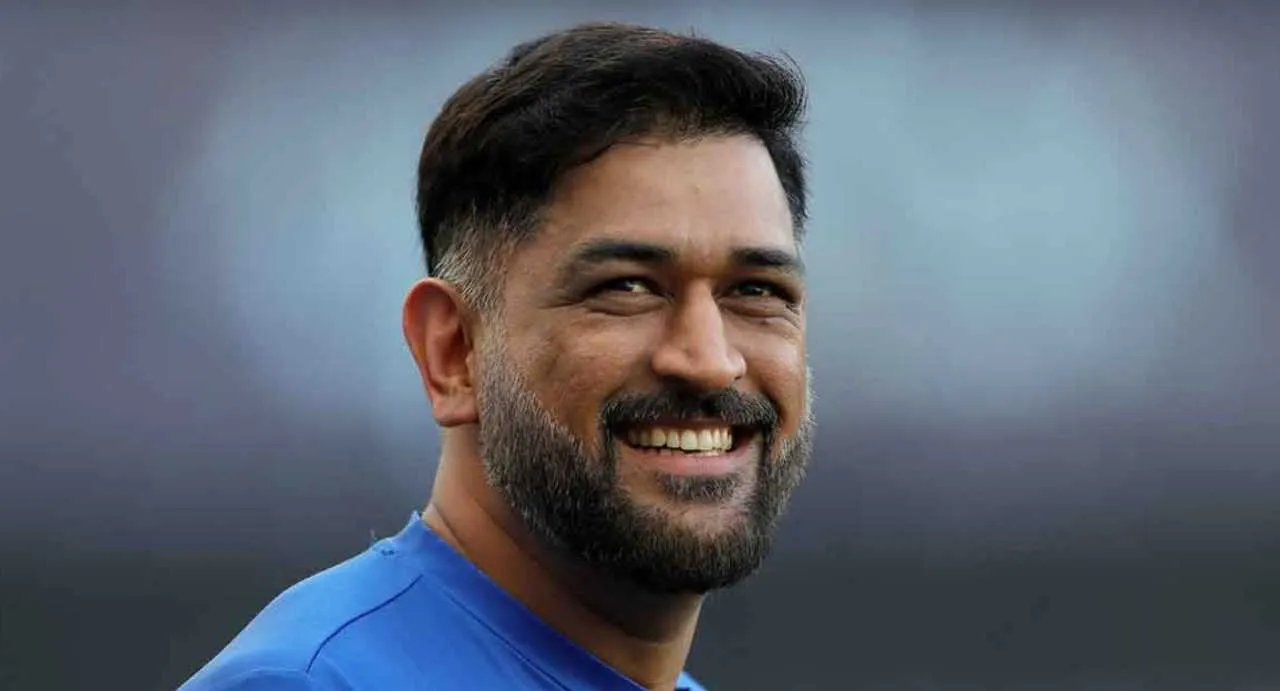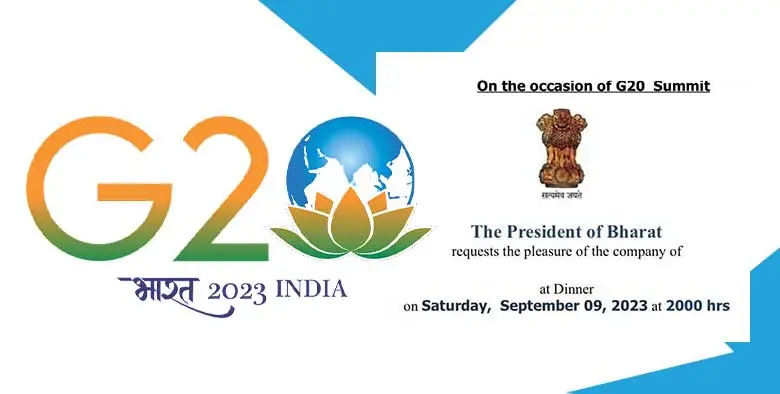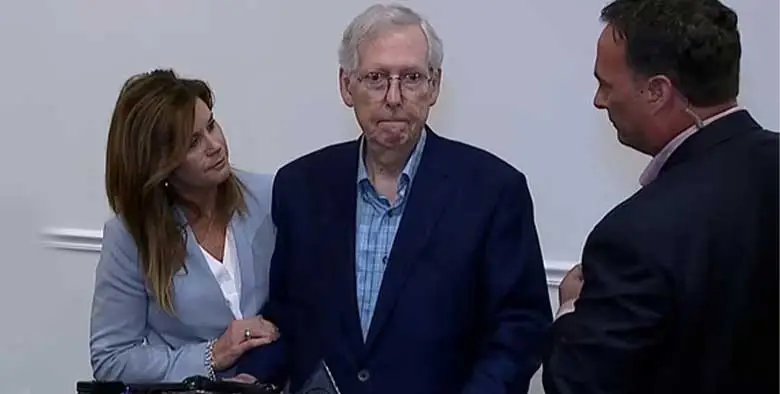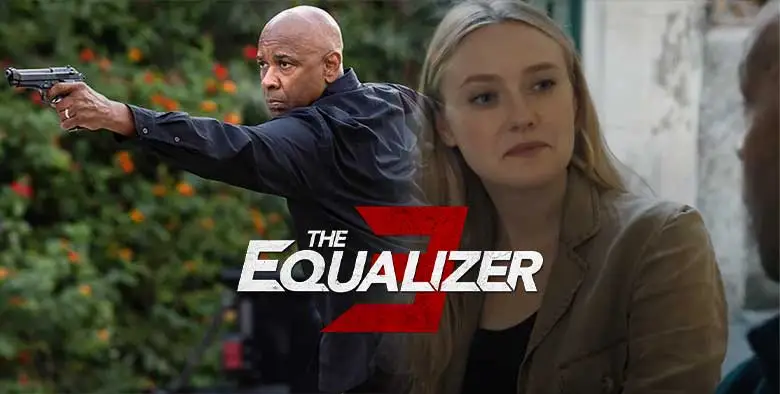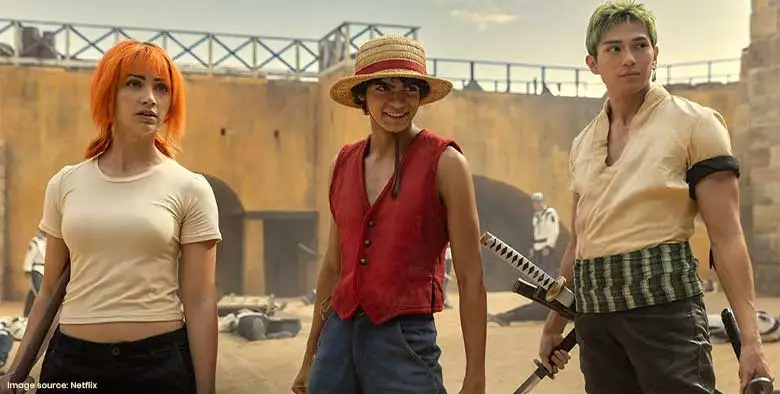Cricketer MS Dhoni Turns 41: How His Brilliant Mind Made Indian Cricket Team better!
Today, ace Indian cricketer MS Dhoni celebrates his 41st Birthday. His cricketing career have closed as Dhoni is now enjoying retirement from the international game and sees out the twilight of his career captaining his beloved Chennai Super Kings.
But his chapter isn’t completed yet – his tactical brilliance and understanding of the game of cricket stand apart from any other captain in the world, with his opinion still highly valued across Indian sport.
To celebrate MS Dhoni Birthday and the glittering career that everyone’s favourite Mahi has left in his wake, we recall 5 of the most brilliant tactical innovations and shifts in Indian cricket that Dhoni was responsible for bringing around, from match to match. Still, even across years and years of cricket, it has influenced India so brilliantly and made the team into the juggernaut it can be proud to call today.
Promoting Himself Above Yuvraj Singh In The 2011 World Cup Final
In Dhoni’s most significant moment as captain also came his bravest call. In the 2011 World Cup final at the Wankhede Stadium in Mumbai, India set 275 to chase. Virender Sehwag and Sachin Tendulkar would fall early. India’s run to the final had been highly dependent on their top-order firing. Gautam Gambhir and Virat Kohli would rebuild with an 83-run partnership, but Dilshan would brilliantly dismiss Kohli. Everyone expected Yuvraj Singh — a man whose name was already on the player-of-the-tournament cheque — to come out, but instead, walked Dhoni.
There could be many reasons why MS Dhoni chose to promote himself. His highest score in an ODI World Cup till that point had been 34. Reasons ranged from wanting a left-hand-right-hand combination with Gambhir to the raft of off-spinners Sri Lanka had at their disposal, including Muttiah Muralitharan, Dhoni’s CSK teammate. In the end, Gambhir and Dhoni put together 109-runs in their partnership, both entered the 90s, Dhoni faced a delivery from Nuwan Kulasekara, and the rest, as they say, is history.
Promoting Rohit Sharma As An Opener
Rohit Sharma had always been considered a player with immense talent but had been in and out of India’s teams in the first 5 years of his career. He was considered a middle-order batter, but with the likes of Virat Kohli, Yuvraj Singh, Suresh Raina, and MS Dhoni himself occupying those spots, he never got a run going.
However, following the retirement of Virender Sehwag and Sachin Tendulkar, who had for a decade opened for India with such distinction, there was a vacuum at the top. Shikhar Dhawan took one of the spots, and Rohit Sharma was asked to take the other.
“We gave him time to think about it. We all felt he is someone who can be a perfect opener, in the sense he cuts and pulls well,” said Dhoni after Rohit’s first match as an opener, in which he scored 83. “Also, with openers, you want one of them to be slightly aggressive. He accepted the challenge,”
He certainly did, Rohit has a host of records as an opener across all formats. 3 ODI double centuries, 4 T20I centuries, 5 centuries at the 2019 ODI World Cup, over 11,000 international runs as an opener. This decision has defined Indian cricket for the 9 years since it was made the core of India’s batting lineup so formidable.
Giving Last Over Of T20 WC Final To Joginder Sharma
India batted first in the first-ever T20 World Cup final, and put 157 on the board thanks to Gautam Gambhir at the top and Rohit Sharma, then still in the middle order. India played very well to stay ahead of Pakistan throughout the run-chase, bringing them down to 77-6 with Irfan Pathan’s third wicket.
However, Misbah-ul-Haq remained at the crease, presenting a potential danger to India. India took regular wickets, though, and Pakistan needed 13 off the final over with one wicket in hand. Ahead of Yusuf Pathan and Harbhajan Singh spinners, MS Dhoni asked Joginder Sharma to bowl the final over — a high-pressure scenario for any bowler, anywhere.
When asked about it later, Dhoni said: “I thought I should throw the ball to someone who wants to do well in international cricket. Jogi did an excellent job,” Sharma only had to bowl three balls in the over, with the first a brilliant wide yorker for a dot, the second a poor one which Misbah smashed for six, and the third was one Misbah tried to scoop, only to find Sreesanth at short fine leg.
India was put in a position to win by Dhoni’s awareness of fields and his faith in the bowling attack, which got them to the final, and it was repaid in a big way.
Trusting Ishant Sharma To Bowl In The Death Despite Him Being Expensive In The 2013 Champions Trophy
In a rain-affected 2013 Champions Trophy final, India only scored 129/7 in 20 overs, setting up a low target for hosts England on a slow and damp Edgbaston wicket. The England batters took advantage of Ishant Sharma’s pace bowling while the Indian spinners did an excellent job choking the run-flow, taking 28 runs from 3 overs off Ishant’s bowling.
MS Dhoni had other options for pace-on bowling — Umesh Yadav and Bhuvneshwar Kumar who still had 3 overs. Still, Dhoni asked an under-pressure Ishant to bowl the 18th over, with Eoin Morgan and Ravi Bopara going well at the crease.
It looked like a wrong decision when Morgan hit the second ball for six — but Ishant delivered for his captain, knocking over Morgan and Bopara back-to-back, leaving England 6 wickets down and allowing Ravindra Jadeja and Ravichandran Ashwin to finish the job. India won by 5 runs, and Dhoni’s tactics at the death earned India their third ICC trophy under his captaincy.
Focusing On Fitness And Fielding To Change The Limited-Overs Approach
MS Dhoni had never captained before he was asked to become India’s captain in 2007. It worked right away with the T20 World Cup win, backed up with two more ICC trophies, and IPL success at the helm of CSK. He is considered a talismanic captain now, with much of India’s success and modern-day cricket culture indebted to what he did between 2007 and 2016.
Prime amongst this was ensuring that many players in his team would-be athletes. The new generation of Indian cricket became defined by the work rates and fielding ability of players such as Dhoni himself, but also Kohli, Raina, Jadeja, and Ajinkya Rahane — to the point where every player currently in the team is expected to hold their own as an athlete, such as Axar Patel, Shreyas Iyer, or Mayank Agarwal.
It was a shift in mindset and preparation which also changed the approach. Running between the wickets and ground fielding were prioritized, and the team was expected to stay fit over all 100 overs in an ODI or across five days in Tests. India became a mammoth at chasing down scores in ODIs, mainly keeping their level high while the opposition might dwindle.
It is a team culture that Virat Kohli would then build on, turning India into contenders in all formats across all surfaces — but even Kohli would be the first to accept that none of it could have happened without the groundwork in place by MS Dhoni.
